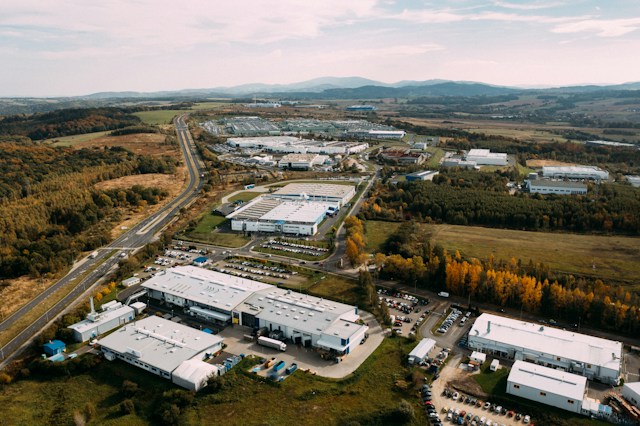Introduction
In the dynamic landscape of facilities management, a profound shift is underway as organizations embrace the era of Smart Facilities. This evolution marks a transition from traditional management practices to a digitally infused environment where technologies converge to optimize operations. This article delves into the transformative journey of Smart Facilities, exploring how digital advancements revolutionize operational efficiency and redefine the very fabric of facilities management services.
1. The Emergence of Smart Facilities: A New Era Unfolds
Smart Facilities signify a departure from conventional practices as facilities management steps into a new era defined by connectivity and intelligence. This evolution is driven by a convergence of technologies that collectively elevate the capabilities of facilities to unprecedented heights.
2. Internet of Things (IoT) Integration: The Foundation of Smart Operations
At the heart of Smart Facilities lies the integration of the Internet of Things (IoT). Sensors, devices, and equipment are interconnected to form an intelligent network that collects and shares data in real-time. This foundational layer enables a holistic understanding of facility dynamics and informs data-driven decision-making.
3. Real-Time Monitoring and Control: Enhancing Visibility and Responsiveness
Smart Facilities thrive on real-time monitoring and control capabilities. Through IoT integration, facilities managers gain immediate insights into energy consumption, equipment performance, and space utilization. This heightened visibility allows for proactive responses to emerging issues, minimizing downtime and optimizing operational efficiency.
4. Predictive Maintenance: Anticipating Needs for Uninterrupted Operations
Smart Facilities leverage data analytics and machine learning to move beyond reactive maintenance towards predictive strategies. By analyzing historical performance data, predictive maintenance algorithms forecast when equipment is likely to fail. This anticipatory approach minimizes disruptions, reduces maintenance costs, and ensures uninterrupted operations.
5. Energy Management Systems: Nurturing Sustainability and Efficiency
Efficiency and sustainability are hallmarks of Smart Facilities, with energy management systems playing a central role. These systems optimize energy consumption by intelligently controlling lighting, HVAC, and other systems. Smart Facilities not only reduce operational costs but also contribute to environmental conservation through efficient resource usage.
6. Smart Building Automation: Transforming Spaces into Intelligent Ecosystems
Smart Facilities embrace building automation to create intelligent ecosystems. Automated systems for lighting, climate control, and security adapt to real-time conditions, creating an environment that responds dynamically to the needs of occupants. This transformation enhances comfort, productivity, and resource efficiency.
7. Artificial Intelligence (AI) Applications: Driving Operational Intelligence
Artificial Intelligence serves as a catalyst for operational intelligence in Smart Facilities. AI applications analyze vast datasets to identify patterns, make predictions, and optimize processes. From space utilization to workflow efficiency, AI enhances decision-making and empowers facilities managers with actionable insights.
8. Robotics and Automation: Redefining Workforce Dynamics
The integration of robotics and automation reshapes workforce dynamics in Smart Facilities. Robots equipped with sensors and automation technologies perform routine tasks, freeing human resources for more complex responsibilities. This synergy between human expertise and robotic efficiency enhances overall operational productivity.
9. Cloud-Based Facilities Management Platforms: Enabling Connectivity
Connectivity is a cornerstone of Smart Facilities, facilitated by cloud-based facilities management platforms. These platforms enable seamless collaboration, allowing stakeholders to access real-time data, share insights, and contribute to a connected and agile facilities management ecosystem.
10. Enhanced Security Protocols: Safeguarding Smart Environments
As facilities become smarter, security protocols become paramount. Smart Facilities integrate advanced security measures, including biometric access control, video analytics, and cybersecurity strategies. These measures safeguard data integrity and protect interconnected systems from potential threats.
Conclusion
In conclusion, Smart Facilities represent a visionary future where the convergence of technologies reshapes the landscape of facilities management. From IoT integration and real-time monitoring to predictive maintenance and artificial intelligence, each component contributes to a digitally empowered environment that prioritizes efficiency, sustainability, and responsiveness. As organizations navigate the digital frontier in facilities management, Smart Facilities stand as a testament to innovation, providing a glimpse into a future where operations are not just managed but optimized with precision and foresight.







